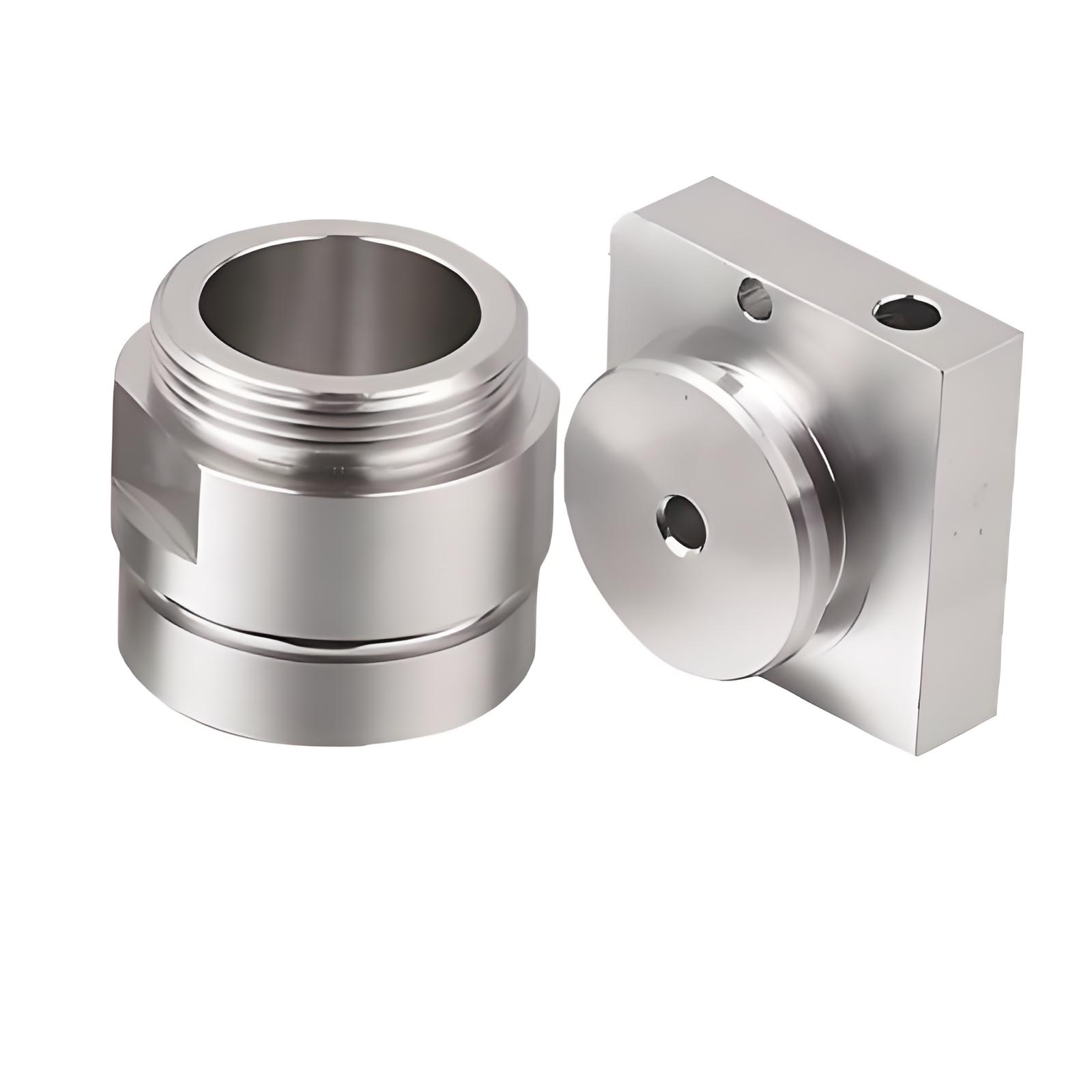The Art of Soldering: To Twist or Not to Twist Wires Together?
When it comes to soldering, the technique you employ can significantly impact the quality and reliability of your electrical connections. One common question that arises among both novice and experienced solderers is: Should you twist wires together when soldering? This article delves into the intricacies of this practice, examining its advantages, disadvantages, and best practices to ensure optimal results in your soldering projects.
Understanding the Basics of Soldering
Soldering is a process that involves joining two or more electronic components together by melting solder around the connection. The solder, typically made of a combination of tin and lead (or lead-free alternatives), solidifies upon cooling, creating a conductive bond. The quality of this bond is paramount, as it affects the performance and longevity of the electrical circuit.
The Role of Twisting Wires
Twisting wires together before soldering is a technique that some practitioners advocate, while others caution against it. To understand the implications of this method, we must consider the following aspects:
- Mechanical Stability
Twisting wires together can enhance mechanical stability. By intertwining the strands, you create a more robust physical connection that can withstand movement and vibration. This is particularly beneficial in applications where the wires may experience stress, such as in automotive or industrial settings.
- Increased Surface Area
When wires are twisted together, the surface area available for soldering increases. This can lead to a more substantial solder joint, potentially improving electrical conductivity. However, it is crucial to ensure that the twist is tight enough to maintain contact between the wires without compromising their integrity.
- Heat Distribution
Twisting wires can also aid in heat distribution during the soldering process. A well-twisted joint allows heat to be evenly distributed across the connection, which can help achieve a better solder flow and minimize cold solder joints—an issue that can lead to unreliable connections.
The Downsides of Twisting Wires
While there are benefits to twisting wires, there are also drawbacks that should be considered:
- Potential for Oxidation
Twisted wires can create tight spaces where moisture and contaminants may accumulate, leading to oxidation over time. This can compromise the electrical connection and reduce the longevity of the solder joint. Proper cleaning and preparation of the wires before soldering can mitigate this risk.
- Difficulty in Soldering
Twisted wires can sometimes complicate the soldering process. If the twist is too tight, it may be challenging to apply solder effectively, leading to poor joint quality. Additionally, if the wires are not aligned correctly, it can result in uneven solder distribution.
- Increased Bulkiness
Twisted wires can create a bulkier connection, which may not be suitable for all applications. In tight spaces, this added bulk can make it difficult to fit components together or may lead to mechanical stress on the joint.
Best Practices for Soldering Wires
To achieve the best results when soldering wires, consider the following best practices:
- Assess the Application: Determine whether twisting is appropriate for your specific application. For high-stress environments, twisting may provide added stability, while for delicate electronics, it may be best to avoid it.
- Prepare the Wires: Always strip the insulation from the wires properly and clean them to remove any oxidation. This ensures a better solder joint, regardless of whether you choose to twist the wires.
- Use the Right Solder: Select a solder that is appropriate for your application. Lead-free solders are becoming increasingly popular due to environmental regulations, but they may require different handling techniques.
- Control the Heat: Use a soldering iron with adjustable temperature settings to control the heat applied to the joint. This helps prevent damage to the wires and ensures a clean solder joint.
- Test the Connection: After soldering, always test the connection for continuity and strength. This step is crucial to ensure that your solder joint will perform reliably in its intended application.
Conclusion
In conclusion, whether or not to twist wires together when soldering is a nuanced decision that depends on various factors, including the application, the type of wires used, and the environment in which the connection will operate. While twisting can provide mechanical stability and enhance solder joint quality, it also comes with potential drawbacks that must be carefully weighed. By following best practices and considering the specific requirements of your project, you can make an informed decision that leads to successful soldering outcomes.

Average Rating